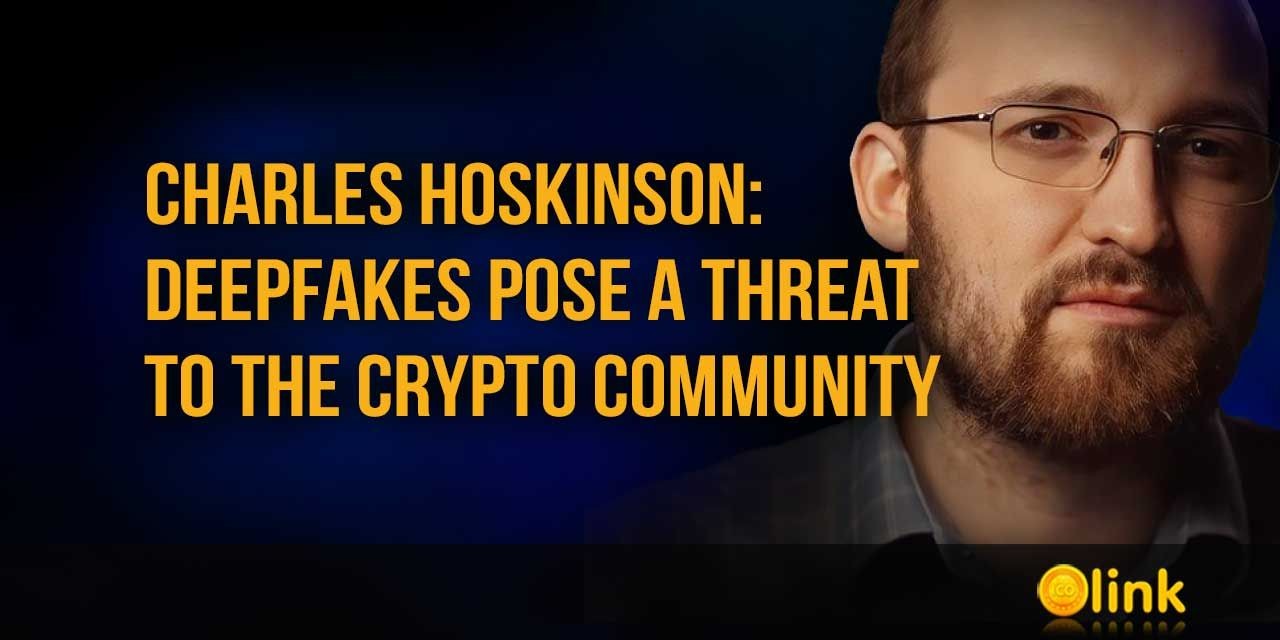Charles Hoskinson: Deepfakes pose a threat to the crypto community
Deepfakes in Cryptocurrency: A Growing Threat as Highlighted by Charles Hoskinson
Charles Hoskinson, the founder of Cardano, is raising alarms within the cryptocurrency community about the emerging threat posed by deepfake technologies. As generative art technologies rapidly advance, they create fertile ground for increasingly sophisticated fraudulent activities, a concern that's becoming more pressing for the crypto industry.
Hoskinson has recently brought attention to a striking instance of fraud, highlighting its implications for the crypto world. He shared an incident where an advertising video, entirely crafted using generative artificial intelligence technologies, was published on YouTube. This video showcased a fake Hoskinson, convincingly mimicking his manner of speaking and intonation, discussing an ADA giveaway. The deepfake was so well-crafted that it blurred the lines between reality and fabrication, posing a significant threat to unsuspecting viewers and potential investors.
The incident that Hoskinson highlighted involved a deepfake video where a generated image and AI-created voice of Hoskinson were used. This video was alarmingly realistic, with the AI tool producing a likeness of Hoskinson that was nearly indistinguishable from the real person. This technology's ability to create realistic fakes poses a severe risk for misinformation and fraudulent activities within the crypto community.
The response from the cryptocurrency community to this incident was one of concern and surprise. A user under the pseudonym Digital Asset News (@NewsAsset) shared his impressions on a social network, commenting on the uncanny realism of the generated image and voice in the fake broadcast. His reaction underscores the growing difficulty in distinguishing real communications from fraudulent ones.
Hoskinson anticipates that in the coming years, the sophistication of generative art will escalate to a point where average individuals may struggle to differentiate between authentic and fraudulent deepfakes. This projection spells a potentially troubling future for cryptocurrency users, who could become increasingly vulnerable to sophisticated scams.
Adding to the concerns around deepfakes, Hoskinson himself has previously been entangled in a controversy involving the little-known memcoin, Freya. Attackers exploited a personal photo that Hoskinson shared with his pet named Freya, demonstrating the varied and creative ways in which malicious entities can leverage public information for deceptive purposes.
The rise of deepfakes in the cryptocurrency sphere marks a new era of challenges in digital trust and information verification. As the technology behind these deepfakes becomes more advanced, the crypto community must develop robust mechanisms to authenticate information and protect investors from sophisticated scams. The incidents highlighted by Hoskinson serve as a crucial wake-up call to the industry, emphasizing the need for heightened vigilance and the development of advanced verification tools to safeguard the integrity of digital communications in the cryptocurrency world.






